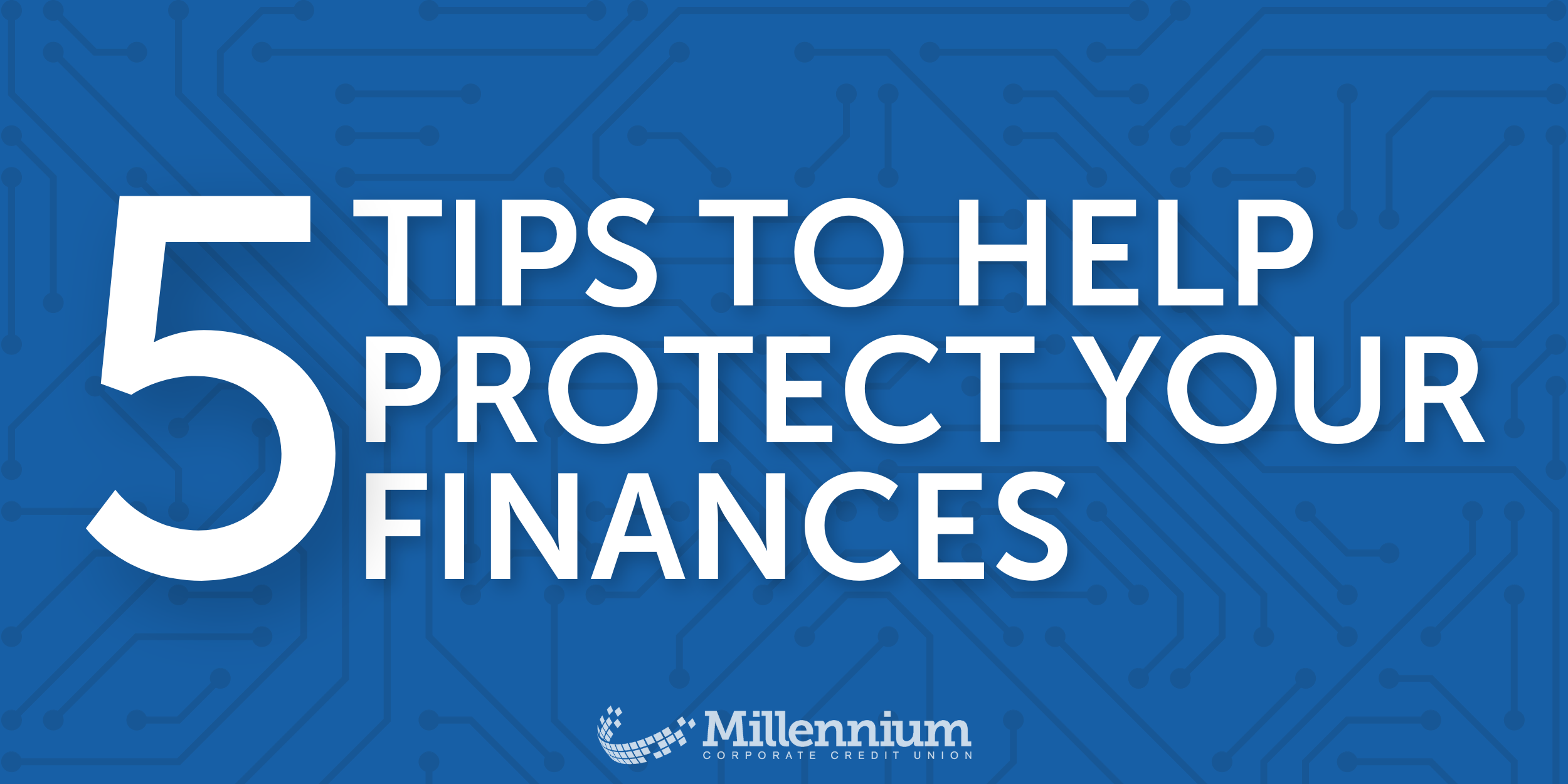

Cybersecurity Best Practices for Credit Unions: 5 Tips to Help Protect Your Finances
In an age where financial transactions are increasingly digitalized, credit unions play a vital role in safeguarding the finances of their members and themselves. As we mark Cybersecurity Awareness Month, it’s an opportune time to emphasize the pivotal role of cybersecurity best practices. Let’s explore the key tips you must adopt in order to protect members and your own operations.
1. Establish a well-built cybersecurity presence
A strong cybersecurity presence starts with the mindset that security is everyone’s responsibility. Credit unions should foster an environment where all employees, and members, understand the importance of cybersecurity. This includes regular training, awareness programs, and a clear emphasis on the role each individual plays in maintaining security.
2. Spot red flags & look for phishy clues
Phishing scams happen often and are not always easy to spot, unless you know what you’re looking for. Phishing emails often include bad spelling, poor grammar, and common greetings. If something doesn’t feel right, chances are it’s probably not. And if you receive an email or a call claiming you won a contest or a gift card, that is a huge red flag.
 3. Enable multifactor authentication
3. Enable multifactor authentication
Putting email phishing aside, you can still be a victim of a cyber-attack without falling for any scammy emails. Implementing multifactor authentication on all platforms you use can make it significantly less likely to be a victim of a hacker. Adding a second layer of authentication when logging in to your secure accounts helps verify that it’s really you logging in.
4. Update your software
Outdated systems and unpatched systems can be entry points for cyberattacks. About 20% of cyber exploits happen when there is a software or security flaw. Credit unions should have a structured patch management process to ensure that all software and systems are regularly updated.
5. Have an incident response plan
Prepare for the worst and have a response plan should it happen. It is critical that when a phishing attempt succeeds, you respond immediately and have a clear plan in place for your credit union and your members. This plan should outline the steps to take in the event a data breach does occur. A timely, well thought out plan could minimize the impact of a breach and protect your data.
By following these safe practices, which are just a few of many, credit unions can establish a robust defense against cyber threats.
Subscribe
Sign up to the receive Cornerstone Resources blog notifications.
Need Solutions?
Cornerstone Resources offers a wide variety of products and services tailored to credit union interests.